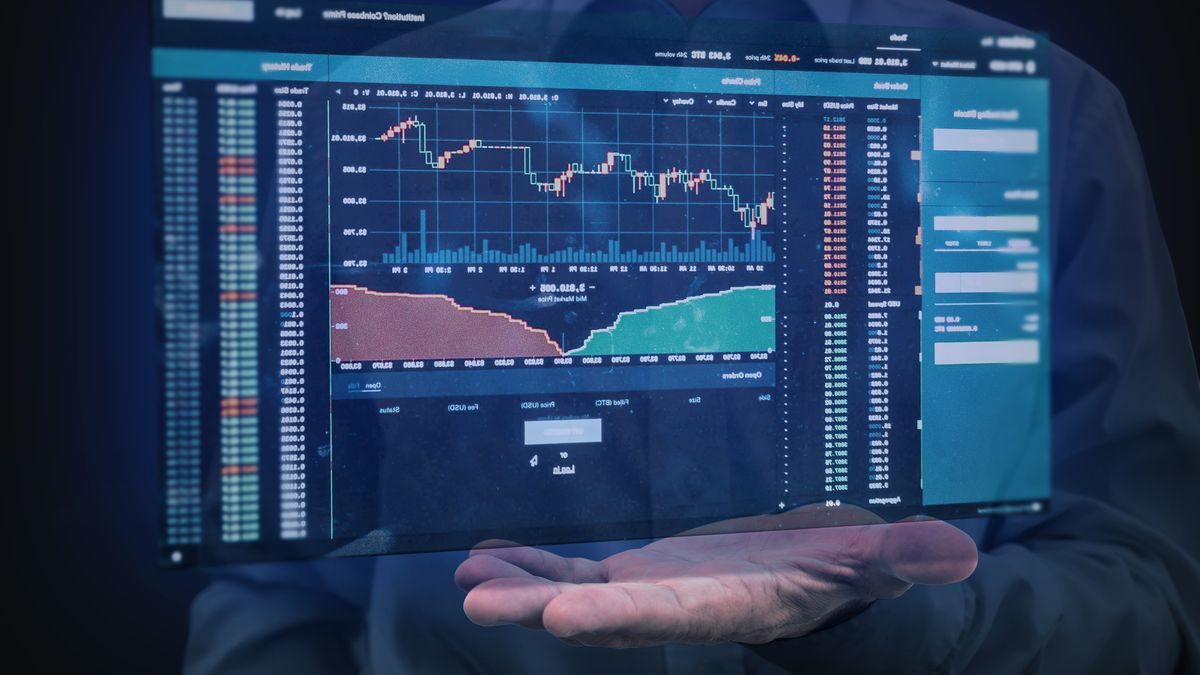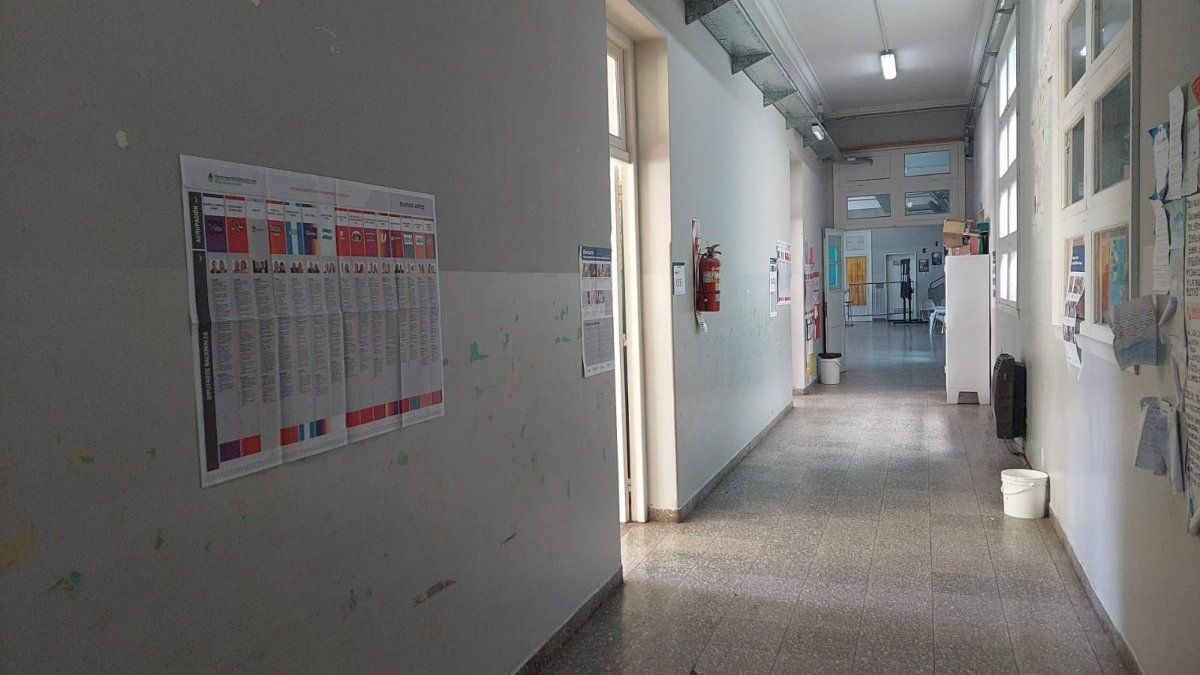Inflation goes up, but inflation expectations go down. Visibility is imperfect. Inflation does not rise in all measures. According to the consumer spending deflator, the specific yardstick that the Fed must satisfy, core inflation was stable from February to May, the latest known figure. There are four months at a rate of 0.3% (3.7% annualized). For the CPI, the variation was double in April and May, and jumped to 0.7% in June. Who to believe? To the highest reading, even if it’s not your favorite. The Fed doesn’t say so, but it does so.
At the same time, inflation expectations fall, and now in all their records. Down breakevens, the implicit measurement in the prices of Treasury bonds. That is, the expectations of the markets. And they also wrinkle those that emerge from consumer opinion polls (which overestimate true inflation). Last month, the University of Michigan survey sounded an alarm after the bad CPI data for May. Now he turned it off. The one-year inflation expectation fell to 5.8%. That of five to ten years, declined to 2.8%. Whether current inflation rises or not, markets fear something else: that efforts to discipline it, however successful, will lead to a recession. And the consumer will not take long to arrive at the same conclusion.
What to do in such a situation? The automatic response of the markets was to discount a rate hike of 100 basis points for the meeting on the 26th and 27th. In June, after the CPI, they pulled the novelty of a jump of 75 out of the sleeve, and the Fed executed it like that behind the scenes . The central bank runs from behind and should have quickened its stride. Is the maneuver repeated? No. The decision is not made, but the message is that the markets overreacted. Said a hawk, Governor Waller. The Fed doesn’t feel compelled to speed up. And whether they are 75 or 100 basis points, the important thing is to check that the markets have not lost their composure. And they may even rise sharply, on Friday, on the back of stronger-than-expected nominal growth in retail sales – a sign that the consumer is not running away in terror – but that it is a real drop. Sales climbed 1%, but inflation was 1.3%. The Dow Jones soared 2% higher. What are you celebrating? A recession? The bear market already warned us in time. The bond curve – also this week – finally confirmed its reversal. Long rates don’t go up, but short rates do. The 2-year Treasury is 20 basis points higher than the 10-year. The 3-month is still 60 basis points lower, but that gap may be reversed when Fednos vaccinates at the end of the month.
What did the Stock Market celebrate on Friday, then? A mild recession. Understand that the economic slowdown is abrupt, that the Fed has never applied such an aggressive gradient in its monetary policy (since Paul Volcker in the 1980s), but the resilience of the markets allows it to land without drama. It absorbs adverse shocks and does not amplify them. Without crisis, there is no domino. If inflation were not so stubborn, and energy so scarce, the game would already be in the pocket.
Source: Ambito
David William is a talented author who has made a name for himself in the world of writing. He is a professional author who writes on a wide range of topics, from general interest to opinion news. David is currently working as a writer at 24 hours worlds where he brings his unique perspective and in-depth research to his articles, making them both informative and engaging.




